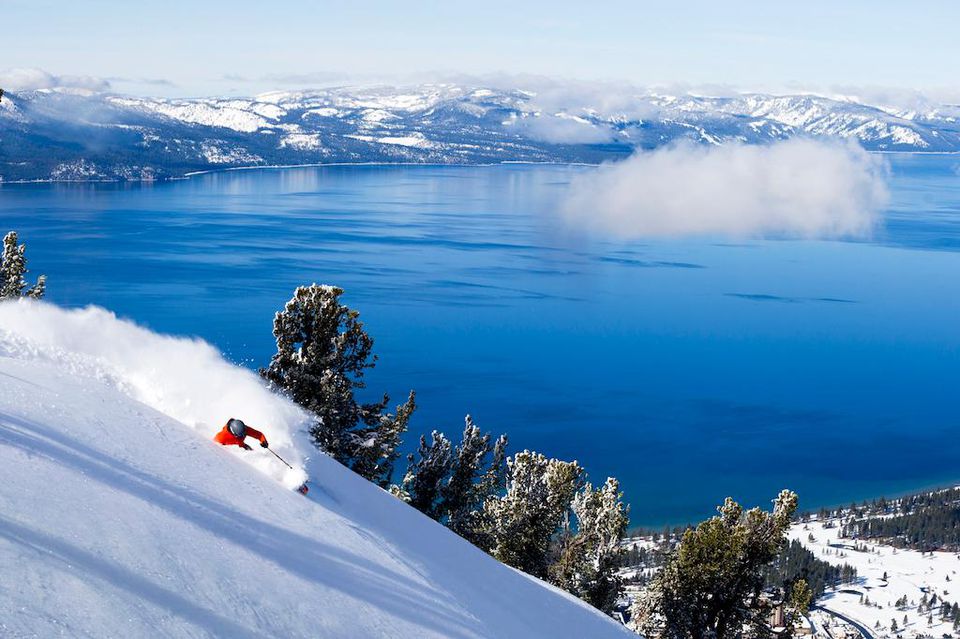Bee-utifully calming: Unveil honeys for the holidays
While my original “bible on honey” was penned fifteen years ago at Tahoe, a newly revised second edition of the #1 hit, is coming in 2026! My current love of lavender honey for the holidays is a testament to its enduring appeal. Lavender honey is a monofloral honey produced by bees that forage on lavender blossoms, making it a favorite among me and other connoisseurs. So, I ordered a jar of quality lavender honey (it’s smooth, creamy, and rich with a citrusy and woodsy flavor).
Why it’s a Great Gift
As noted, the delicate floral notes with a sweet finish and tang for me make it a gourmet item that’s a cut above regular honey. It’s a culinary adventure in a jar! It can be drizzled over yogurt, oatmeal, or toast, used in baking, paired with cheeses, or even added to cocktails for a sophisticated twist. The antioxidant, anti-inflammatory, and calming properties make it a gift that’s both delicious and good for the mind, body, and spirit.
The honey itself often has a golden hue, and when packaged nicely, it makes for a super attractive gift. A real treat for the holidays, a little jar of calm in the chaos!
Here are 5 holiday theme and healthy infused raw honeys you can make for a festive touch during the Christmas season.
- Cinnamon Honey: Infuse raw honey with cinnamon sticks. Cinnamon is known for its anti-inflammatory and antioxidant properties. It pairs wonderfully with apple dishes, oatmeal, or warm teas and coffees.
- Ginger Honey: Infuse raw honey with fresh ginger slices. Ginger honey is excellent for soothing sore throats and boosting immunity, making it ideal for fall/winter ailments. Serve in hot tea or over roasted root vegetables.
- Orange Zest & Clove Honey: Infuse raw honey with orange zest and whole cloves. This combo evokes classic holiday aromas and flavors. Orange zest provides vitamin C, and cloves offer antioxidants Great for glazes on fish or poultry.
- Rosemary Honey: Infuse raw honey with fresh rosemary sprigs. Rosemary has antioxidant and anti-inflammatory benefits. Its earthy, piney flavor complements savory dishes like roasted lamb or chicken, and can also be surprisingly good in herbal teas.
- Vanilla Bean Honey: Infuse raw honey with a split vanilla bean. Vanilla adds a rich, comforting sweetness without being overpowering. Vanilla beans contain antioxidants. This is a luxurious addition to coffee, yogurt, or as a drizzle over fruit tarts.
These infused honeys offer unique flavors and health benefits, making them excellent gifts—for you/yours—or additions to holiday meals.
CAL OREY, M.A., is a bestselling author-novelist specializing in topics such as adventure, health, nutrition, and science. She holds a bachelor’s degree and master’s degree in English (Creative Writing) from San Francisco State University. Her books include the popular Healing Powers series. Currently, the updated and revised 2nd edition, 2026 of a popular Healing Powers book, is in production. She is a South Lake Tahoe local. Her website is www.calorey.com

